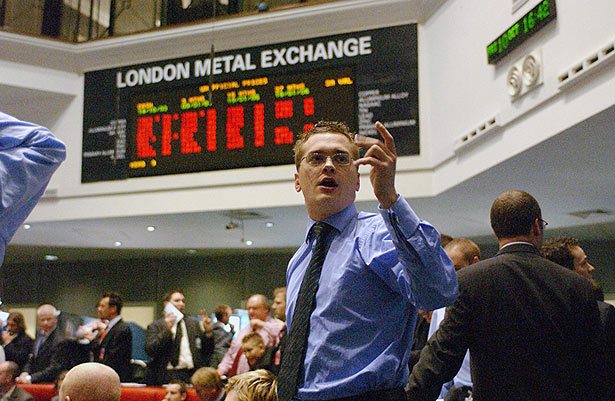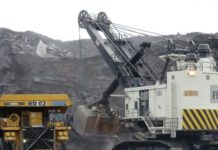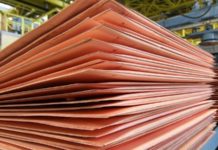
GLENCORE and Anglo American would be the most significant beneficiaries on the Johannesburg Stock Exchange of the surge in the nickel price which reached record levels today until its trade was suspended by the London Metal Exchange (LME).
Earnings of the two miners would be positively affected between 1% and 3% for every 10% price improvement in the metal, according to a note by JP Morgan Cazenove.
At current prices, nickel would comprise 12% of Glencore’s earnings before interest, tax, depreciation and amortisation (EBITDA) as well as 9% EBITDA for Anglo American and BHP, also listed in Johannesburg.
At the time of the LME’s trading halt, nickel had gained more than 230% in March. It traded briefly above $100,000 a ton early on Tuesday.
Russia is one of the world’s largest producers of nickel at between 6% and 8% of global supply while Norilsk Nickel – the world’s largest producer of battery grade nickel – controls between 15% to 20% of global supply.
Commodity markets have been rattled by Russia’s invasion of Ukraine which has added further pressure to already strained supply chains. Prices in palladium and aluminium, as well as gold, have also surged.
Aluminium hit $4,000/t, with copper scaling back close to $10,000/t on Monday, after briefly nearing $12,000/t. Zinc hit a 15y high at over $4,000/t.
A $80,000/t plus nickel price compares to the previous all-time high of $52,000/t which was achieved briefly in 2007. “The nickel market is in a meaningful deficit, driven by electric vehicle demand strength, and LME inventories continue to erode,” said Morgan Stanley in a note today.
However, there are questions as to whether nickel can sustain its current clip given it had out-performed metals with arguably greater Russia exposure, such as palladium as well as aluminium, according to the bank. “Demand destruction could accelerate at current levels, we think,” it said
Nevertheless, there was now “considerable upside” to Morgan Stanley’s second quarter $26,000/t base case and its $39,000/t bull case scenario, it said.
Bloomberg News said in an article that the improvement in the nickel price was partly driven by speculators covering short positions.
“This is second only to the tin crisis,” Malcolm Freeman, a broker at Kingdom Futures who began his career on the LME in 1974. “This was the right thing to do, and my gut feeling is that they’ll probably look at cancelling today’s trades too.”
In 1985, the LME suspended tin trading for four years which pushed many brokers out of business, said the newswire. That was driven by the collapse of the International Tin Council, a body backed by 22 governments that collapsed when it could no longer keep propping up the tin price.











